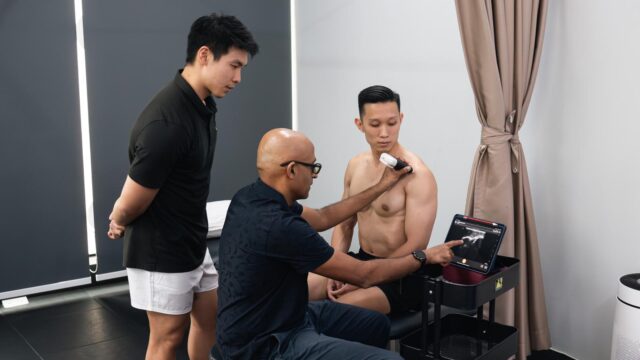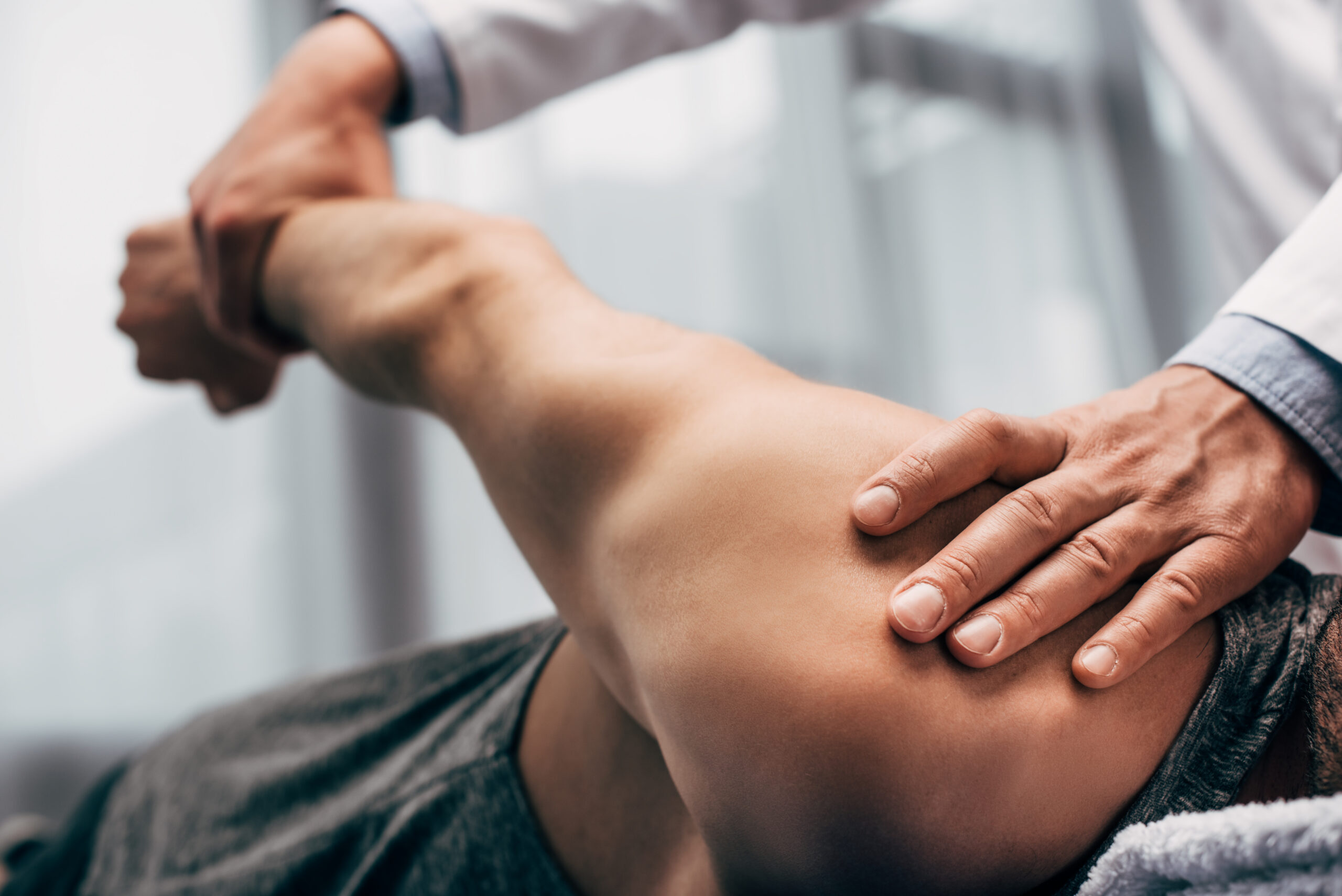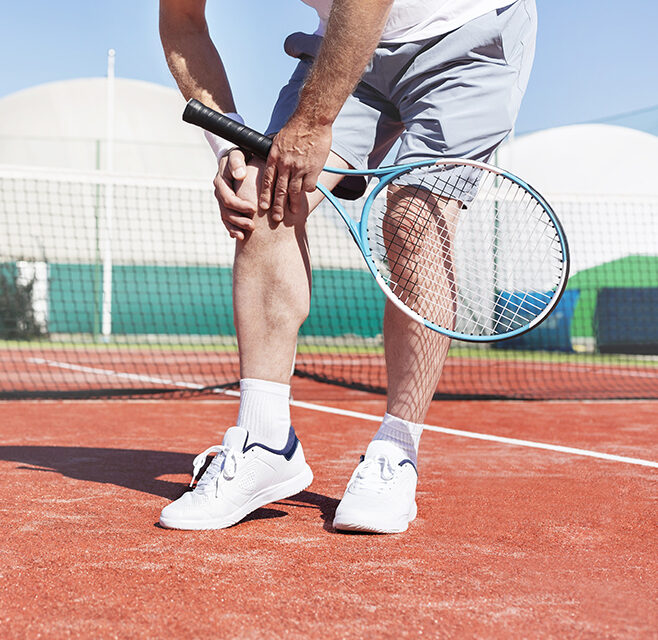
Meniscus Tear Treatment
A meniscus tear is one of the most common knee injuries seen in both active individuals and older adults. This type of injury can lead to pain, swelling, and difficulty moving the joint. Fortunately, effective, non-surgical and medically approved treatments are available to help you recover safely and regain function.

At our clinic in Singapore, Dr. Dinesh Sirisena provides evidence-based, personalised care for meniscus injuries. Whether the tear occurred during sports or as a result of age-related changes, our goal is to help you move without pain and return to your normal activities.
Why Do People Experience Meniscus Tear Pain?
The meniscus is a C-shaped structure that cushions and stabilises the knee joint. Each knee has two menisci — one on the inside (medial meniscus) and one on the outside (lateral meniscus). They also act as shock absorbers, protecting the bones from wear and tear.
When the meniscus is torn, the cartilage can no longer distribute weight and support the knee joint effectively. As a result, people often experience:
- Pain along the inner or outer side of the knee
- Discomfort when squatting or bending the knee
- Locking or catching sensations in the joint
- Instability or the knee giving way
Without timely treatment, a meniscus tear can worsen, affecting overall mobility and quality of life.
What Causes Meniscus Tear Pain, and What Are the Symptoms?
Meniscus tears can happen during sports, sudden movements, or even routine daily activities. While athletes frequently experience this injury, anyone can be affected, especially as cartilage naturally weakens with age.
Common causes of a meniscus tear include:
- Twisting the knee while the foot remains firmly planted
- Sudden stops and turns during sports like football or basketball
- Lifting heavy objects incorrectly
- Wear and tear from repetitive movements over time
- Age-related degeneration of the knee
Typical symptoms of a meniscus tear are:
- A popping sensation during the injury
- Sharp or aching pain in the knee
- Swelling within the first 24 hours
- Difficulty straightening or bending the knee fully
- Stiffness or tightness in the joint
- Feeling like the knee is unstable or might ‘give way’
If you notice these symptoms, it’s important to consult a healthcare professional for an accurate diagnosis and appropriate care.
How Do You Relieve Meniscus Tear Pain?
Managing a meniscus tear begins with a thorough assessment. At our clinic, Dr. Dinesh uses musculoskeletal ultrasound/MRI imaging to accurately evaluate the knee and confirm the diagnosis. This ensures your treatment is targeted, safe, and effective.
Available treatment options include:
- Rest, Ice, Compression, and Elevation (R.I.C.E): Helpful for reducing swelling and discomfort immediately after the injury.
- Activity modification: Avoiding squatting, jumping, and other activities that may aggravate the tear.
- Physiotherapy: A tailored exercise program strengthens the muscles surrounding the knee, improving stability and reducing pressure on the meniscus.
- Supportive bracing: Helps control knee movement and prevent further injury.
- Targeted injection therapies: For cases with associated swelling or inflammation, safe and medically approved injection options can help manage symptoms.
- Surgical referral: In severe or persistent cases, surgeryn might be recommended, though this is only suggested when conservative care is insufficient.
Early treatment plays a vital role in achieving better outcomes. By starting appropriate care promptly, many patients are able to avoid surgery and resume daily activities more comfortably.
Why Choose Dr. Dinesh for Meniscus Tear Care?
With over 15 years of experience in sports and musculoskeletal medicine, Dr. Dinesh Sirisena is highly regarded in Singapore for providing non-surgical management of joint and soft tissue injuries.
Here’s why patients choose our clinic:
- Use of real-time ultrasound imaging for accurate diagnosis
- Personalised, evidence-based treatment plans tailored to your lifestyle and goals
- Safe, medically approved, non-surgical therapies prioritised
- Transparent advice and clear expectations
- Professional care trusted by both athletes and the general public
If you’re dealing with knee pain and suspect a meniscus tear, seeking early care can make a significant difference. Contact our clinic today and take the first step towards a pain-free, active lifestyle.







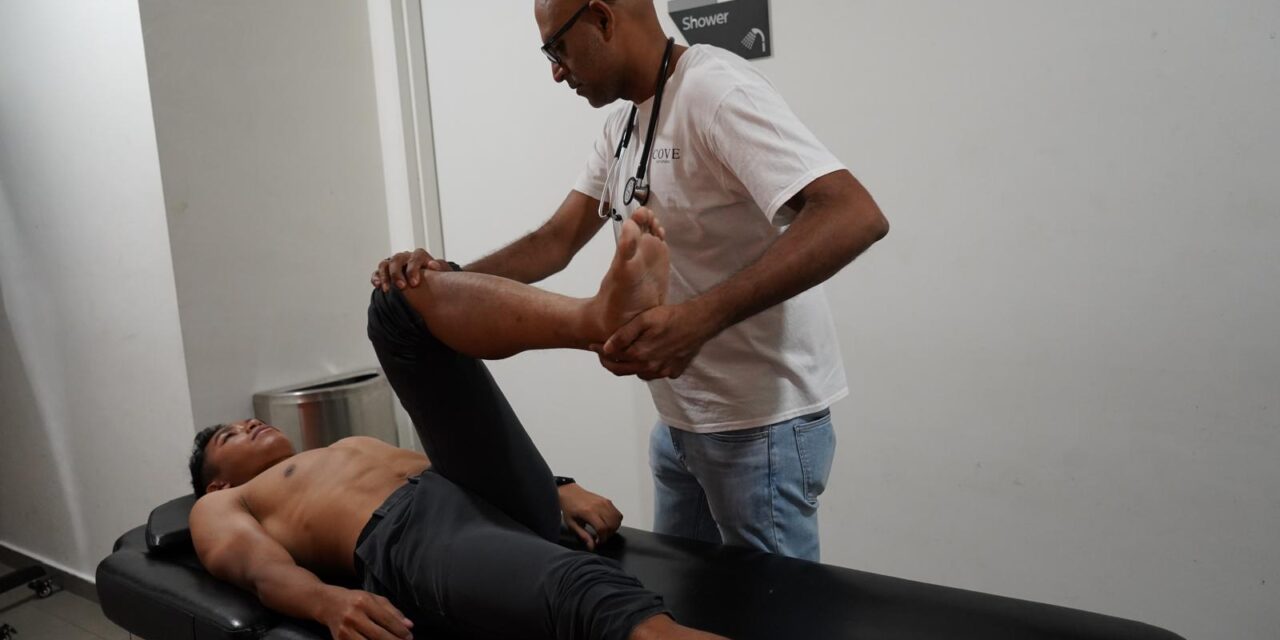

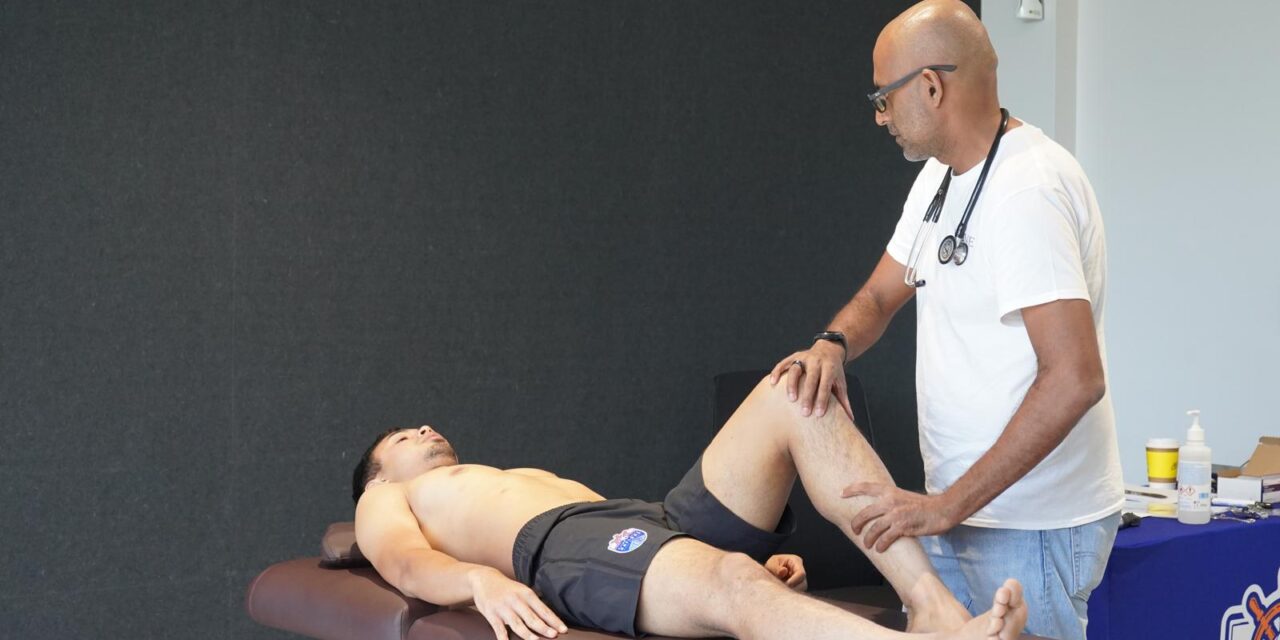
 is a proactive approach to identify potential injury risks and optimize athletic performance before problems develop. This preventive assessment benefits:
is a proactive approach to identify potential injury risks and optimize athletic performance before problems develop. This preventive assessment benefits:
